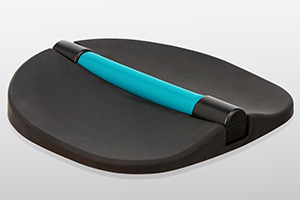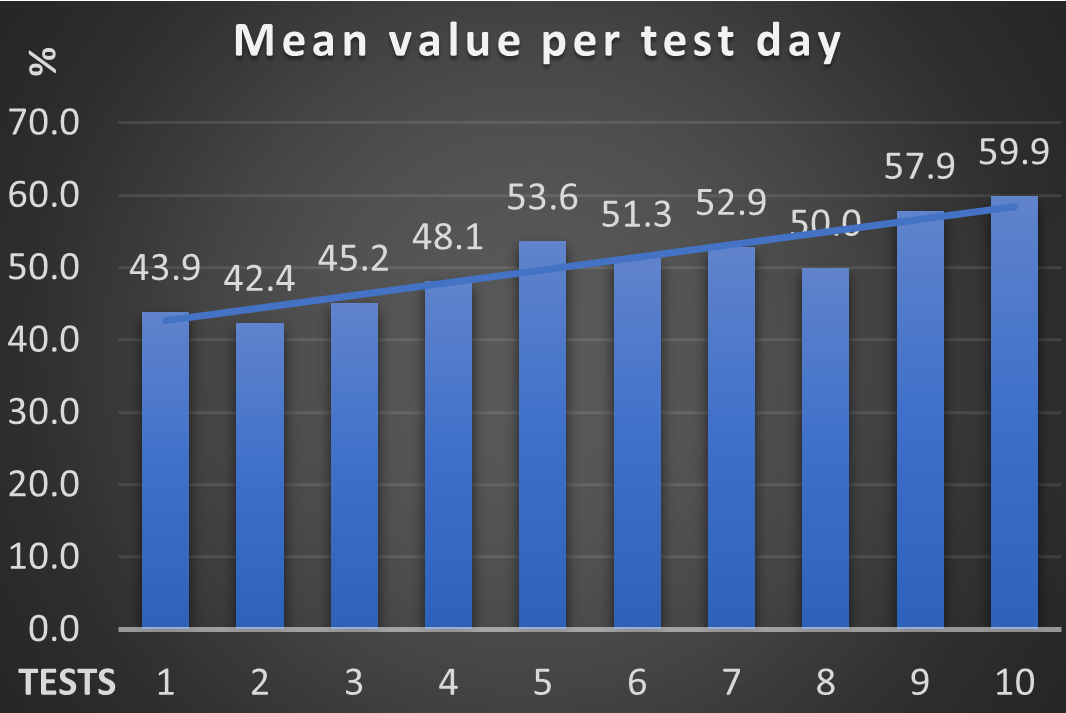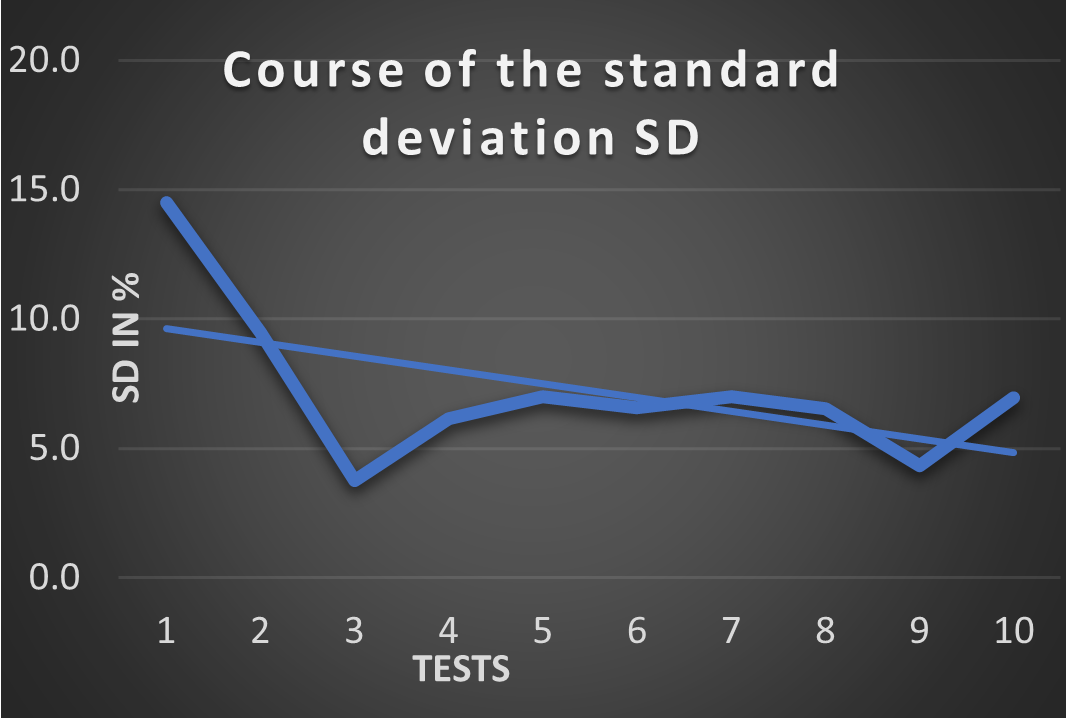Studies with biofeedback training devices
PelvicTool pelvic floor trainer to strengthen and control the pelvic floor muscles.
Does the training work?
Like any muscle, untrained pelvic floor muscles become weak over time. Regular pelvic floor training with the medically certified PelvicTool helps to specifically strengthen the muscles, promote blood circulation and improve conscious control. The most convincing proof of the positive effect of pelvic floor training are the numerous users who have been using the PelvicTool for a long time and who state an increase in quality of life.
The PelvicTool technology has already been successfully used for years in physiotherapy, pelvic floor courses and fitness centers and is recommended and distributed by expert trade partners such as Frei Medical, excio und Bebo® .
Studies
Studies with pelvic floor training devices based on the same physical measurement principle (determining the force effect of the pelvic floor on a soft sensor tube) show that improvements can be achieved in incontinence problems. This is documented e.g. in master theses of the Zurich University of Applied Sciences (ZHAW), which were carried out in cooperation with the fitness chain “Kieser-Training” and the hospital Triemli in Zurich. These are explorative studies.
- Link Masterarbeiten ( Abstracts in Englisch, p10, 13, 18)
- www.kieser-training.ch/fw/effektives-training-fuer-den-beckenboden/
- www.kieser-training.ch/fw/abstract-explorative-machbarkeitsstudie/
- www.kieser-training.ch/fw/beckenbodentraining-damit-die-blase-dichthaelt/
Improvements in muscle strength and control
Those who train regularly with the PelvicTool quickly achieve significant improvements in muscle strength and muscle control. Both are considered prerequisites for the successful therapy of incontinence problems.
Training progress can be confirmed by statistical evaluation of test measurements. For details with explanations, see “Guideline Progress Control” of Alonea AG. In addition to the increasing mean value of the test results, the course of the (decreasing) standard deviation also gives a clear indication of the training progress and the improved control of the pelvic floor muscles.
Your pelvic floor training partner: PelvicTool Home & Sport

Example of statistical evaluation of test measurements in a “healthy” woman (71):
Test program of 8 measurements in approx. 5 minutes on 10 days. The evaluation is done with an Excel program, which is provided to interested parties by Alonea AG.


Further information
Training recommendation pelvic floor trainer Home & Sport
Training the pelvic floor muscles is not fundamentally different from training other muscle groups. The muscle will become stronger and easier to control if you continuously build it up through regular training.
However, with pelvic floor muscles, the focus is often not so much on pure muscle strength, but on their control: More attention should be paid to neuromuscular aspects.
Learn more about the recommended frequency and intensity of training in our instructions!
Stay up to date
Subscribe to our newsletter here and receive valuable tips for pelvic floor training. Free of charge and unsubscribable at any time.


